1. The Immortal Jellyfish
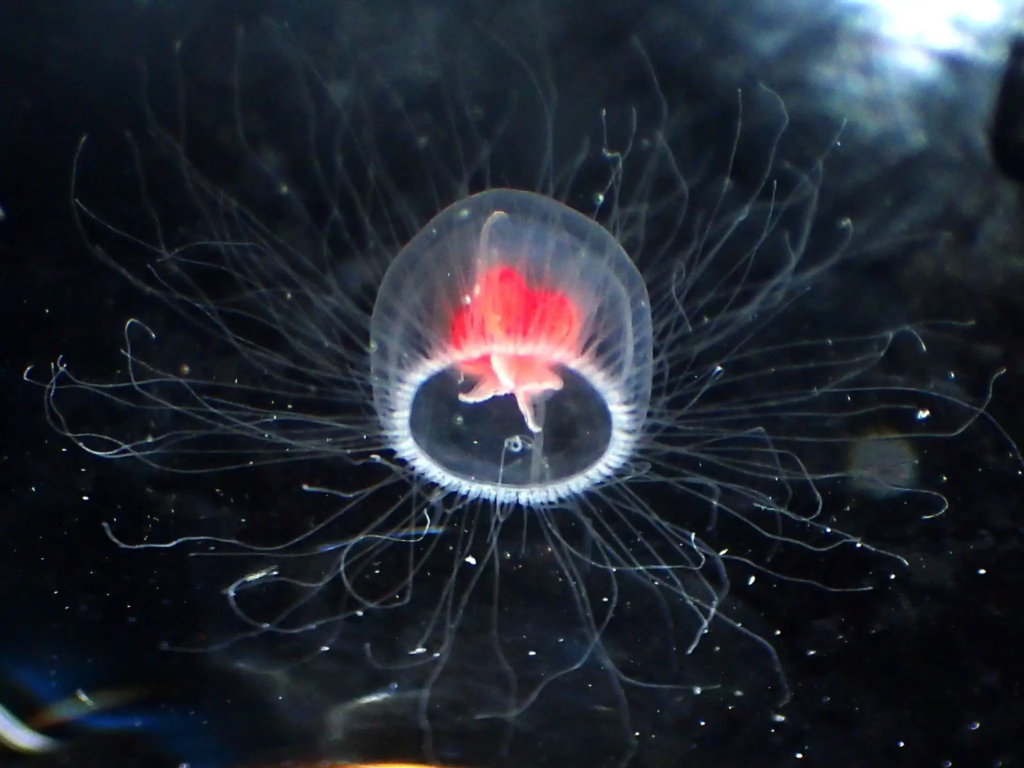
If there’s any creature that truly deserves the title of “immortal,” it’s the Immortal Jellyfish. This jellyfish has the incredible ability to revert back to its juvenile form after reaching maturity. When faced with environmental stress or physical damage, the jellyfish reverts its cells to a more basic, polyp state, effectively resetting its biological clock and starting its life cycle over again. This process, known as transdifferentiation, allows the jellyfish to avoid death from old age, making it biologically immortal in the sense that it can, in theory, keep living indefinitely. Researchers have studied this remarkable ability to understand more about cellular regeneration, hoping to unlock secrets that could one day apply to human aging. However, the jellyfish’s immortality doesn’t mean it’s invincible—predators, diseases, or environmental factors can still kill it, but its age isn’t what’s stopping it from living forever. The idea of reverting to an earlier stage of life might seem like science fiction, but this jellyfish has been quietly proving that immortality is possible in the natural world. While scientists are still researching the full potential of this process, the Immortal Jellyfish is already a symbol of the biological possibilities we’ve yet to fully explore. So, next time you see a jellyfish, remember—it might just be one of the oldest creatures in the sea.
2. The Hydra
The Hydra, a tiny, freshwater organism, has the remarkable ability to regenerate its cells continuously, effectively never aging. Hydra have a set of specialized cells, called “stem cells,” that allow them to replace damaged or old cells with new ones throughout their lifetime. Unlike most animals that experience wear and tear over time, Hydra can continuously renew their body without accumulating the typical signs of aging, such as cellular degradation. Researchers have found that the Hydra’s regenerative abilities are due to a unique gene called the “AGE” gene, which is linked to its extraordinary longevity. This gene essentially helps the Hydra maintain its youth by halting the usual aging process. When you cut a Hydra in half, it can regenerate not just a new head but also an entirely new body, making it biologically capable of living forever. While Hydra aren’t immune to disease or predation, their ability to regenerate and avoid the biological markers of old age is what sets them apart from most other organisms. Scientists are studying these tiny creatures to unlock the mysteries of aging and regeneration, hoping that one day this knowledge could help extend human lifespan. The Hydra is a living testament to nature’s potential for creating virtually immortal life. Their regenerative abilities challenge our conventional understanding of how aging works in living organisms.
3. The Planarian Flatworm
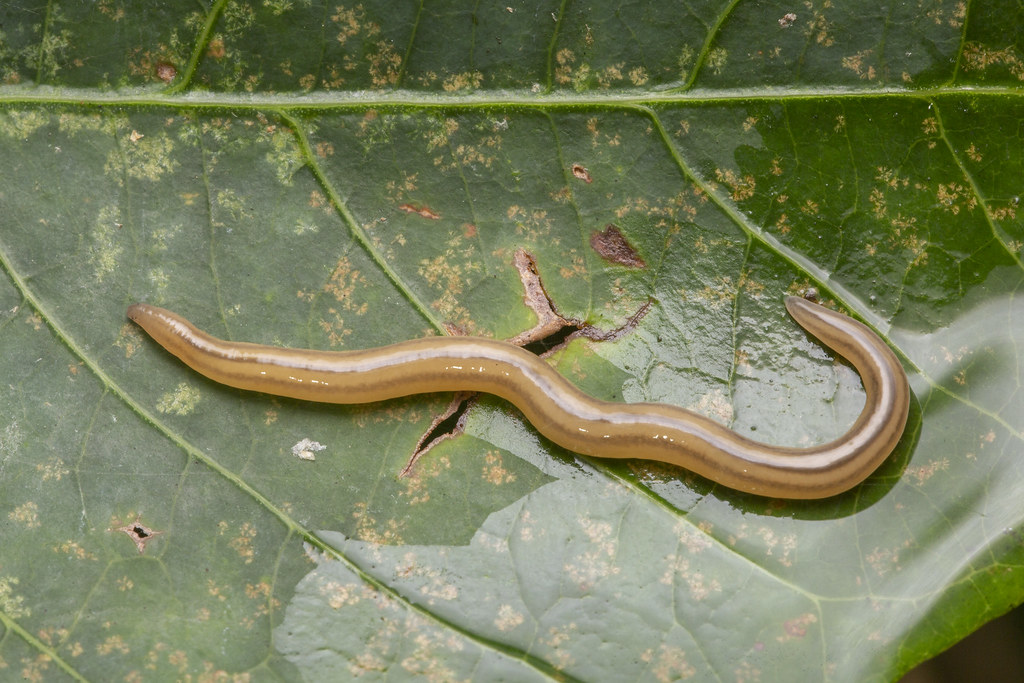
Planarians, a group of freshwater flatworms, possess an extraordinary ability to regenerate entire bodies, including their brains, if they’re cut in half. This remarkable regenerative power is due to a group of stem cells called “neoblasts,” which can turn into any type of cell the organism needs to regenerate. When a Planarian is injured or severed, the neoblasts go into overdrive, repairing the damage by creating new tissues, even replacing lost organs and brain matter. This regenerative ability is so powerful that some species of Planarians can theoretically live forever if they continue to regenerate and avoid predators or environmental threats. Scientists are particularly interested in the Planarian’s capacity to regenerate its nervous system, as it could lead to breakthroughs in treating human spinal cord injuries or degenerative diseases. The Planarian’s cells don’t accumulate the damage typically associated with aging, making it biologically immortal. While their regenerative abilities don’t make them invulnerable to all forms of harm, their age doesn’t seem to factor into their potential for immortality. The key to the Planarian’s longevity is its ability to continually rejuvenate itself, keeping it biologically young for as long as it survives. Just like the Hydra, these flatworms offer clues about how we might slow down—or even reverse—the aging process.
4. The Bowhead Whale
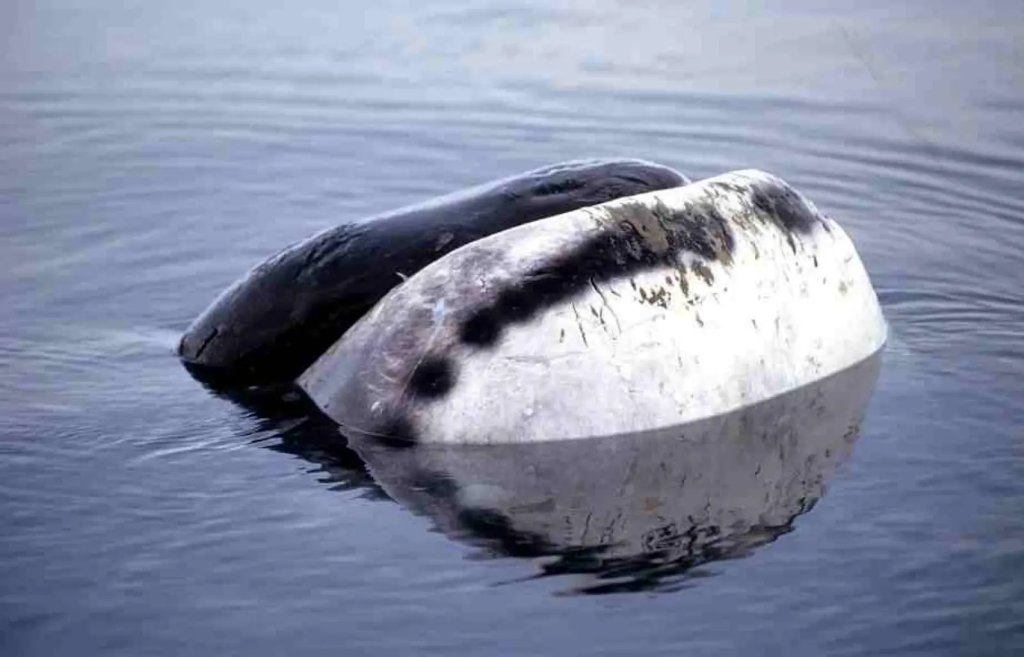
The Bowhead Whale is one of the longest-living mammals on Earth, with some individuals living well over 200 years. These whales are able to survive such long lifespans thanks to a combination of genetics and environmental factors. Scientists believe that their longevity is partly due to their ability to repair their DNA and stave off diseases associated with aging. In fact, researchers have found evidence of genes in Bowhead Whales that are linked to extended life and protection against cancer. Their cellular mechanisms are so efficient at combating age-related diseases that they have been dubbed “biological immortals.” While these whales are not truly immortal, their ability to maintain health and vigor for centuries is astounding. Bowhead Whales face many of the same environmental challenges that other marine mammals do, yet they manage to live longer than any other species. Their incredible lifespan has led scientists to study their genetic makeup in hopes of applying similar principles to human health. One of the reasons for their long life could be their slow metabolic rate, which means their bodies don’t wear down as quickly as those of faster-living species. The Bowhead Whale’s longevity is a reminder that some animals are capable of reaching an age that most of us can only dream of.
5. The Green Sea Turtle

Green Sea Turtles can live to be over 100 years old, and while they may not be biologically immortal, their long lifespan makes them seem like they could be. Their slow, steady existence is attributed to a combination of factors, including a low metabolic rate and their ability to avoid predators in adulthood. While they face threats as hatchlings and juveniles, adult Green Sea Turtles often have few natural predators. This gives them the chance to live out a long life, largely unscathed by the dangers that affect other creatures. Though they still age, their slow rate of aging is one of the key reasons why they live so long. Their long lifespan also makes them valuable contributors to marine ecosystems, as their slow movement allows them to contribute to the health of sea grass beds and coral reefs. Scientists are also interested in studying the turtle’s longevity to better understand how animals can avoid the diseases that typically come with aging, like cancer and heart disease. While not “immortal,” the Green Sea Turtle’s ability to live for over a century makes it a fascinating example of longevity in the animal kingdom.
6. The Aldabra Giant Tortoise
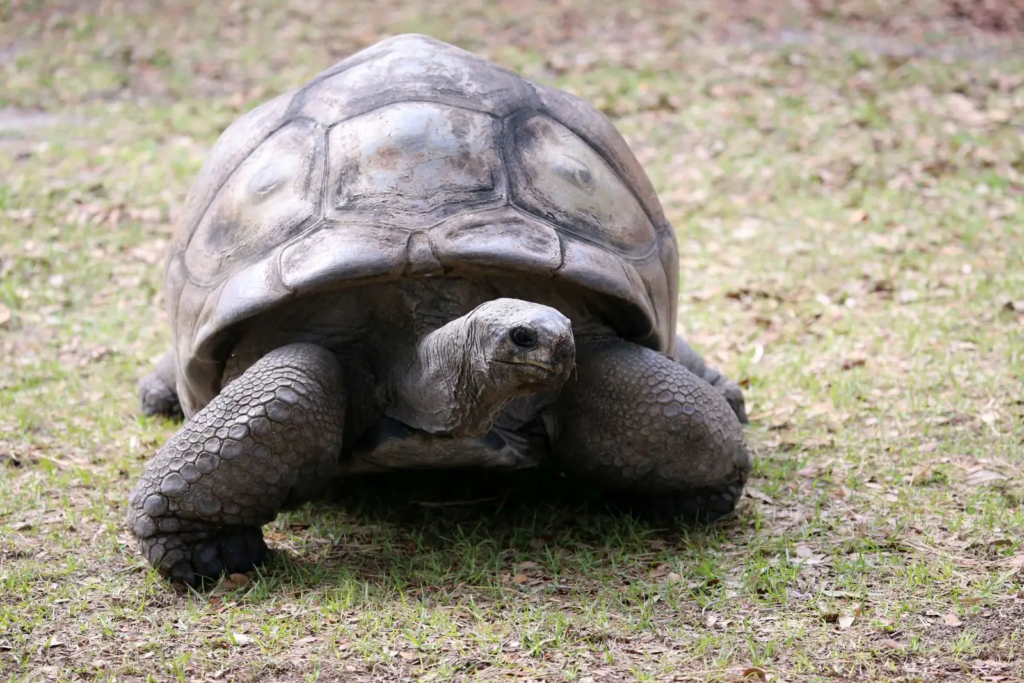
The Aldabra Giant Tortoise, native to the islands of the Seychelles, can live for more than 150 years, with some individuals reaching an age of 200 years. These tortoises age slowly, and their lifespan is attributed to a combination of factors, including their extremely low metabolic rate and lack of natural predators. They are able to survive in relatively harsh environments, making them one of the longest-living land animals. While they don’t regenerate or revert to earlier life stages like other creatures on this list, their ability to avoid diseases associated with aging has earned them a spot on this list. They can remain physically active and healthy for decades, with many tortoises living into their 150s without showing significant signs of old age. Their longevity is so remarkable that researchers are studying them to uncover the secrets to long-term health and aging. These tortoises’ slow and steady lifestyle has allowed them to be among the most resilient creatures on Earth, and their survival for centuries hints at the possibility of living far beyond typical lifespans.
7. The Red Sea Urchin
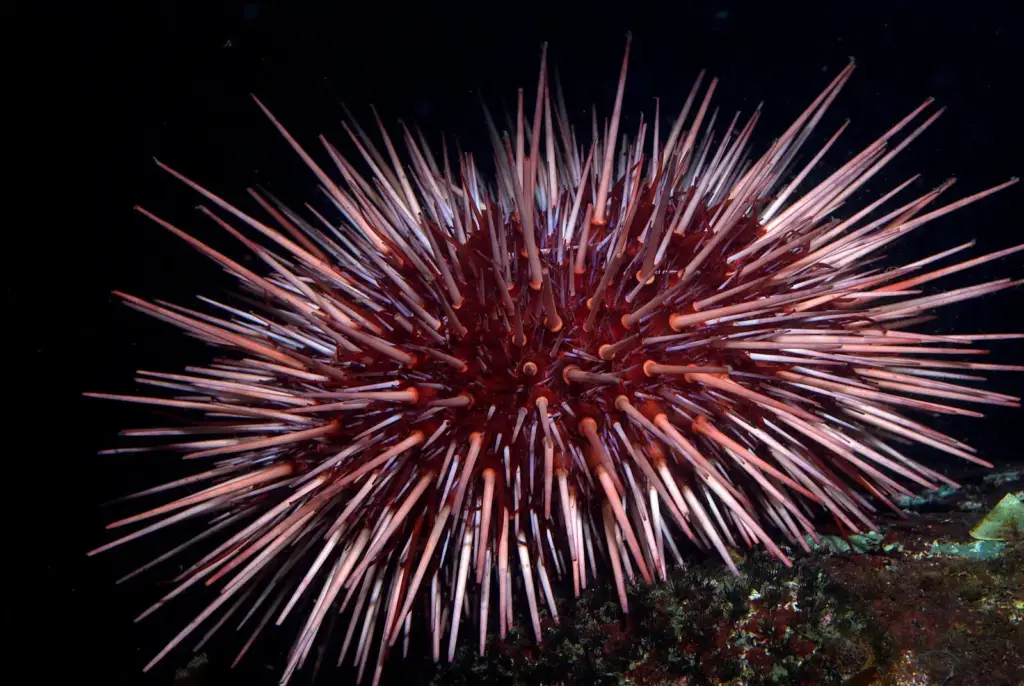
The Red Sea Urchin is another marine creature that has earned its place on the list of potential immortals. These little critters can live for more than 200 years, and they don’t seem to experience the usual effects of aging. Their cells remain remarkably young throughout their lives, and their regenerative abilities allow them to heal rapidly from injuries. Scientists believe that the key to their longevity lies in their ability to maintain a high level of cellular function and resist age-related decline. While they don’t live forever—predators and environmental factors can still take them down—the Red Sea Urchin’s ability to avoid the biological markers of aging is truly remarkable. Their slow aging process makes them a unique example of how some species can extend their lifespan far beyond what we typically expect.
8. The Antarctic Sponge
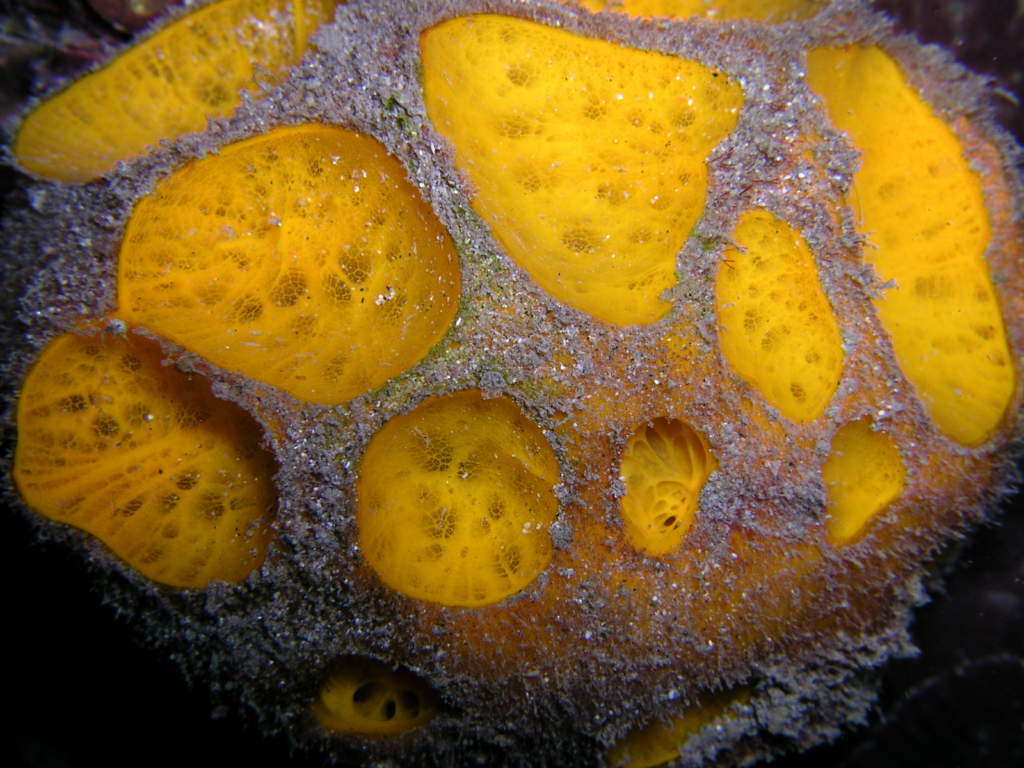
Some species of Antarctic sponges are capable of living for thousands of years, making them among the longest-living creatures on Earth. Their incredible longevity is largely due to their slow growth rate and low metabolic activity. In the frigid waters of Antarctica, where temperatures are below freezing and food is scarce, these sponges have adapted to survive in extreme conditions. Their metabolism operates at a glacial pace, which results in minimal wear and tear on their cells over time. This slow cellular turnover helps prevent the typical signs of aging, such as tissue degradation and cellular damage. Unlike other creatures, these sponges do not regenerate or revert to earlier life stages, but their resilience to environmental stress allows them to thrive. The lack of resources doesn’t hinder their survival, as they continue to grow very slowly over centuries. Researchers are intrigued by how they maintain health and function for such long periods, hoping to unlock secrets about aging and survival. Though not truly immortal, their ability to endure for thousands of years in such harsh environments is remarkable. Antarctic sponges demonstrate that with the right adaptations, life can persist for millennia.
9. The Quahog Clam
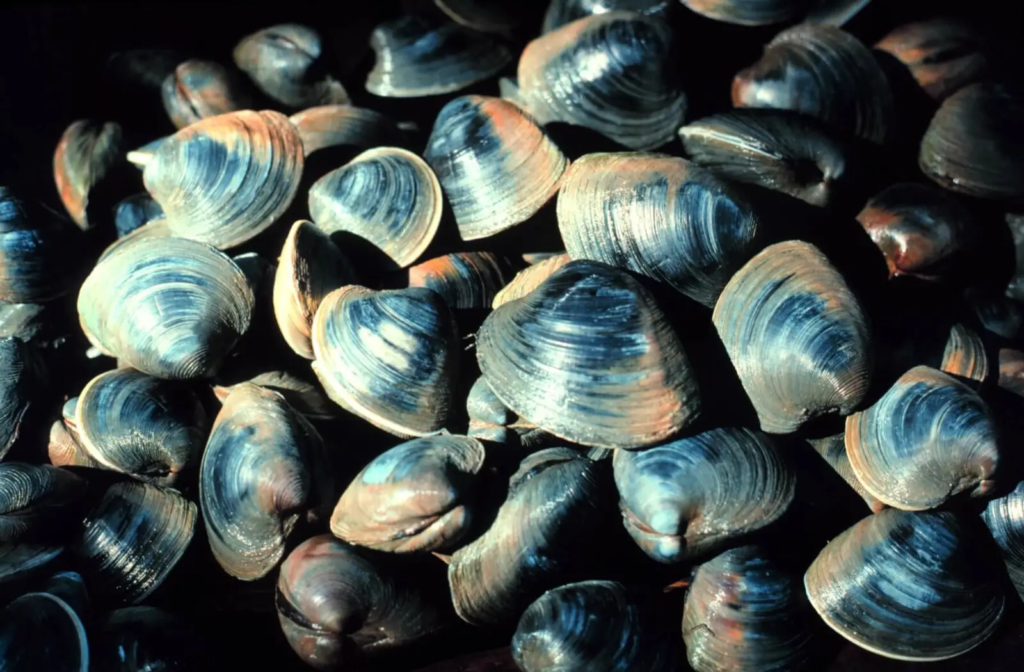
The Quahog Clam, specifically *Arctica islandica*, has been found to live for over 500 years, making it one of the oldest living animals on Earth. This remarkable lifespan is due to a combination of slow metabolism and the clam’s ability to resist cellular damage over time. Unlike other creatures with long lifespans, Quahog Clams don’t regenerate or possess supernatural abilities, but their natural longevity is still astounding. Their cells seem to remain in a healthy state, avoiding the typical signs of aging such as tissue degradation and the buildup of damage. This slow aging process has drawn the attention of scientists, who are eager to study the clam’s biology to better understand how they achieve such longevity. Researchers believe that the clam’s ability to live so long may hold clues to how we might extend human life or slow down the aging process. These clams continue to grow slowly, adding new layers to their shells over time, but their health remains surprisingly robust. Though they don’t possess immortality, their incredible age makes them a unique example of how some creatures can live far beyond the usual lifespan. The study of these ancient clams could one day lead to breakthroughs in medicine and aging research. The Quahog Clam is a natural wonder, showing that longevity in the animal kingdom can be achieved through unique biological mechanisms.
10. The Immortal Bacteria

Some strains of bacteria, such as Deinococcus radiodurans, are known for their incredible resilience and ability to survive in extreme environments. This “immortal” bacterium can withstand intense radiation, extreme dehydration, and even the vacuum of space, making it one of the toughest organisms on Earth. While it’s not immortal in the traditional sense, its ability to repair its DNA after extreme damage gives it an almost indestructible quality. The bacterium can endure conditions that would be lethal to most other life forms, thanks to its unique cellular mechanisms that protect and repair its genetic material. Researchers are fascinated by this bacterium’s survival skills, as it provides insights into how life might survive on other planets or in space. *Deinococcus radiodurans* can also thrive in high levels of radiation, which is a significant challenge for living organisms, showing that it has developed mechanisms to shield and repair itself from DNA damage. This remarkable resilience has sparked interest in using the bacterium for practical applications in medicine, such as developing better methods to treat radiation exposure. It also holds promise for space exploration, as its ability to survive in space-like conditions could be vital for long-term missions beyond Earth. While not truly immortal, its near-invincible nature and resistance to environmental stress make it a remarkable example of survival. The study of *Deinococcus radiodurans* could unlock new ways to protect living organisms from extreme environmental challenges.


